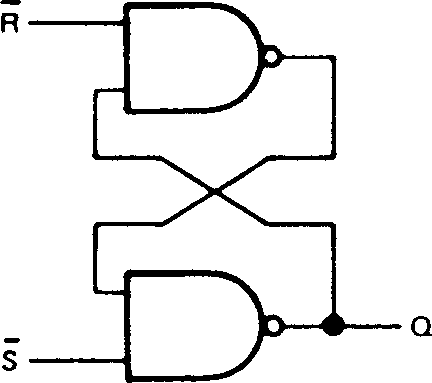Other Parts Discussed in Thread: SN74LVC1G14, SN74LS279A, SN74LVC2G132
Hi,
My customer considers the following circuit.
On this circuit, does this output the following logic waveform, after power-up? Please let me know.
He wants as follows:
When input of D pin moves high to low after power-up, this SN74LVC1G373 outputs high to low on Q pin, and keep low.
If you have any alternative solution, please advise us.
Thanks and best regards,
M.HATTORI.


